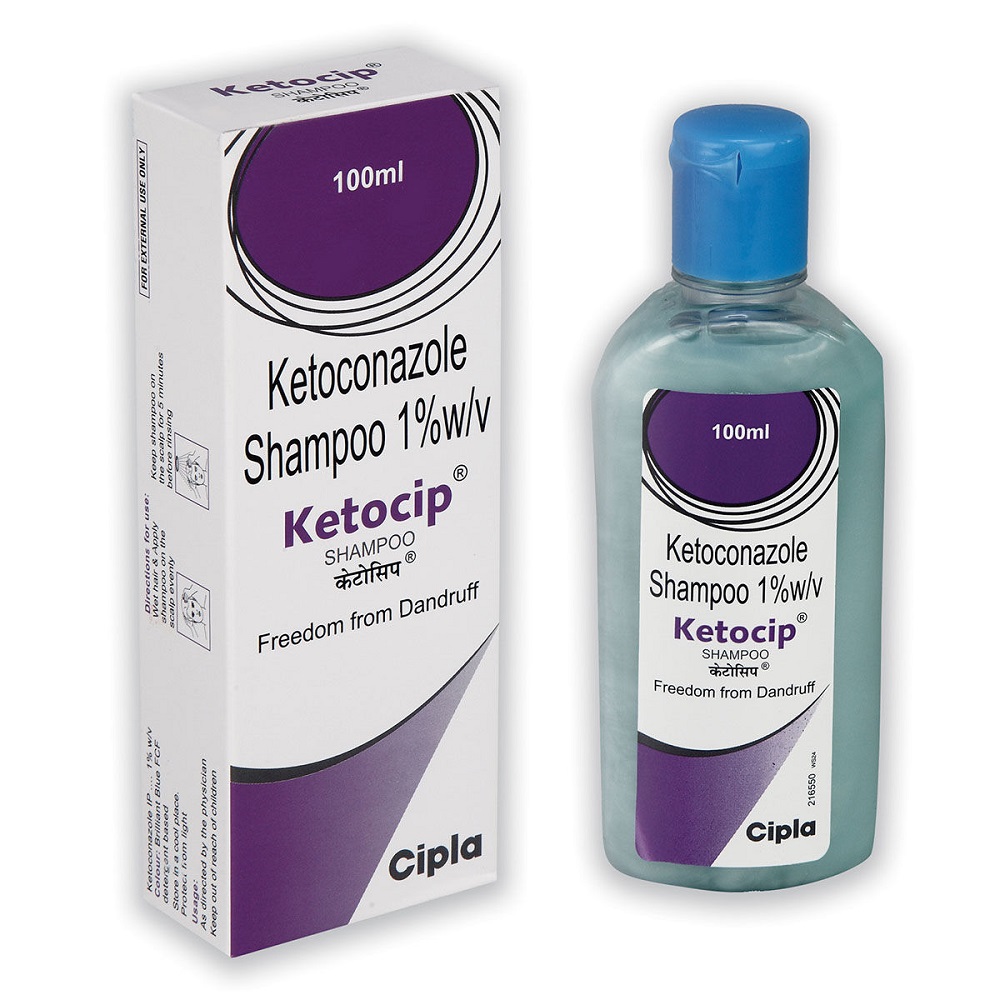Ketoconazole shampoo has gained attention as an effective treatment for various scalp conditions, including dandruff and seborrheic dermatitis. Known for its antifungal properties, ketoconazole helps to reduce the growth of fungi that can contribute to these scalp issues. However, using this type of medicated shampoo safely and effectively requires some understanding of its application and potential side effects. This article provides essential tips for using ketoconazole shampoos to achieve the best results while ensuring your scalp health remains a priority.
Understanding Ketoconazole Shampoo
What is Ketoconazole?
Ketoconazole is an antifungal medication that is widely used to treat fungal infections. It works by inhibiting the growth and reproduction of fungal cells. In shampoo form, ketoconazole specifically targets fungi and yeast on the scalp that can cause dandruff and other irritations. It is available by prescription and over-the-counter, making it accessible for those seeking relief from scalp conditions.
Conditions Treated by Ketoconazole Shampoo
Ketoconazole shampoo is primarily used to treat dandruff and seborrheic dermatitis, a condition characterized by red, flaky, and itchy patches on the scalp. It can also be effective in treating fungal infections of the scalp, such as tinea capitis. By reducing the underlying causes of these conditions, ketoconazole helps alleviate symptoms like itching, scaling, and discomfort. Understanding the conditions treated by this shampoo can help users appreciate its importance.
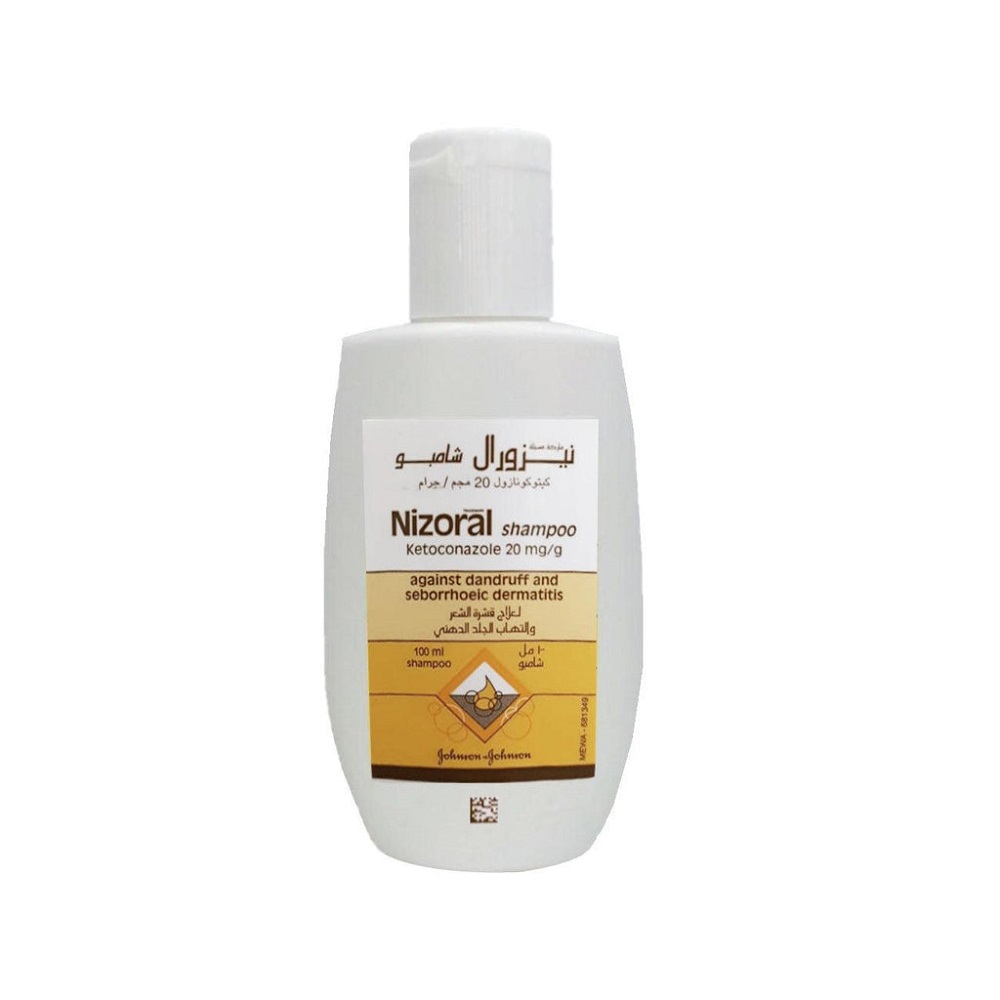
How to Use Ketoconazole Shampoo
1. Reading the Instructions
Before using ketoconazole shampoos, read the instructions provided with the product carefully. Each manufacturer may have different recommendations regarding application frequency and duration of use. Some may recommend using it daily, while others might suggest usage two to three times a week. Following these guidelines will help you achieve the best results while minimizing potential side effects.
2. Wetting Your Hair
When you are ready to apply the shampoo, start by thoroughly wetting your hair and scalp with warm water. This helps the shampoo to lather better and penetrate deeper into the scalp, enhancing its antifungal effectiveness. Ensure your hair is adequately wet before proceeding to the next step for the best results.
Applying Ketoconazole Shampoo
3. Applying the Shampoo
Take a sufficient amount of ketoconazole shampoos in your hands and apply it directly to your scalp. Be sure to focus on areas affected by dandruff or irritation. Gently massage the shampoo into your scalp for several minutes, creating a rich lather. This massaging action helps the shampoo work effectively and promotes blood circulation, which can benefit your scalp’s health.
4. Letting It Sit
After applying the shampoo, it is crucial to let it sit on your scalp for the recommended amount of time, typically about 5 to 10 minutes. This waiting period allows the active ingredients to penetrate the scalp and combat fungal growth. During this time, you can use a gentle exfoliating brush designed for the scalp, if recommended, to help with the redistribution of the product and to enhance the cleaning process.
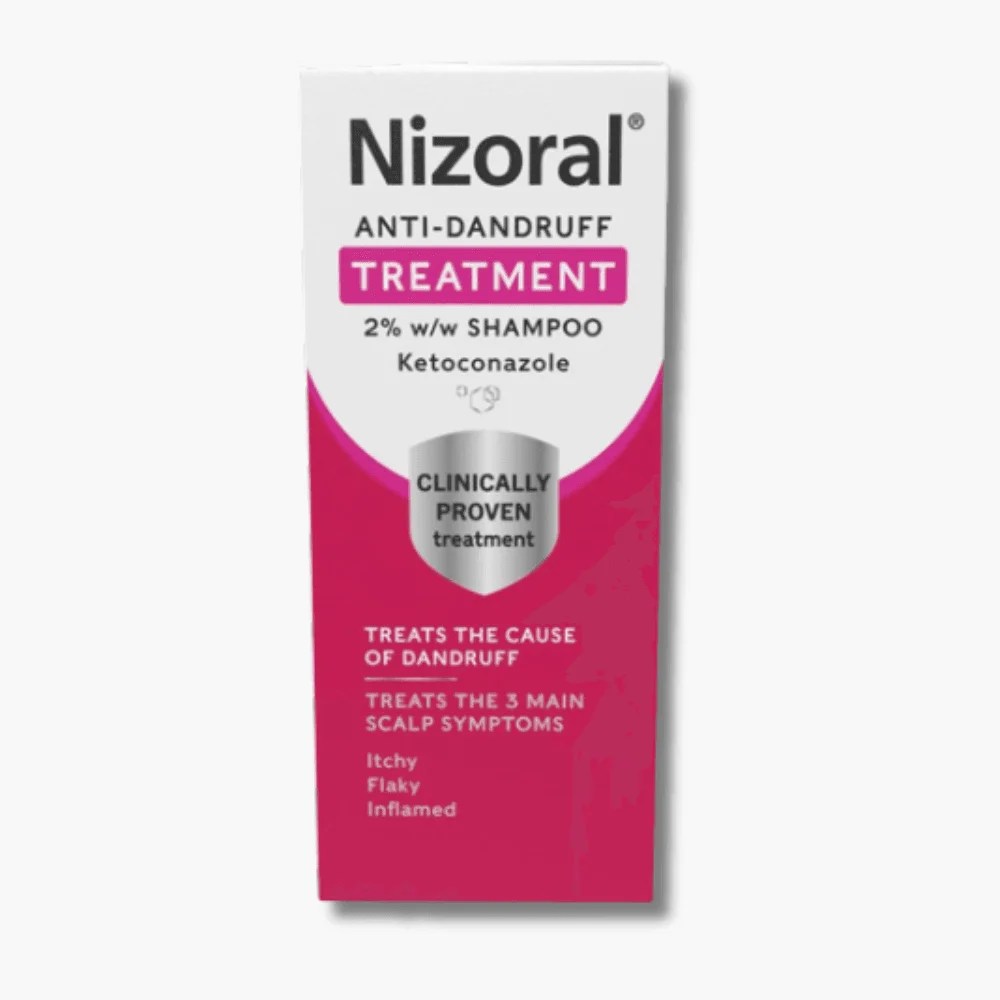
Rinsing and Aftercare
5. Rinsing Thoroughly
After allowing the shampoo to sit, rinse your hair thoroughly with warm water to remove all traces of the product. Leaving some shampoo on your scalp can lead to irritation and reduce its effectiveness. Ensure that no residue is left behind, as this could contribute to scalp discomfort. Rinse until the water runs clear for a complete cleanse.
6. Follow-Up with Conditioner
Using a conditioner after rinsing out ketoconazole shampoos can help maintain moisture in your hair and aid detangling. However, choose a conditioner that is gentle and free from strong fragrances or sulfates. Apply conditioner primarily to the lengths and ends of your hair to avoid counteracting the antifungal effects on your scalp. Allow the conditioner to sit for a few moments before rinsing to ensure it provides sufficient moisture.
Frequency of Use and Duration
7. Determining Frequency
The frequency of ketoconazole shampoo use will vary based on individual needs and the severity of the scalp condition. Initially, most dermatologists recommend using the shampoo more frequently—about two to three times per week—until symptoms improve. Once your scalp condition is under control, you may reduce the frequency to once a week or as needed. Keeping track of how your scalp responds can help you adjust the frequency of use appropriately.
8. Long-Term Use Considerations
Although ketoconazole shampoo can be effective, long-term use may lead to some concerns. Overuse may cause drying or irritation to the scalp. It is vital to monitor your scalp’s condition during and after using the shampoo. If you notice any adverse reactions, such as increased itching, redness, or rash, consult with a healthcare professional promptly. A dermatologist can provide personalized guidance on the duration of treatment that is best for your needs.
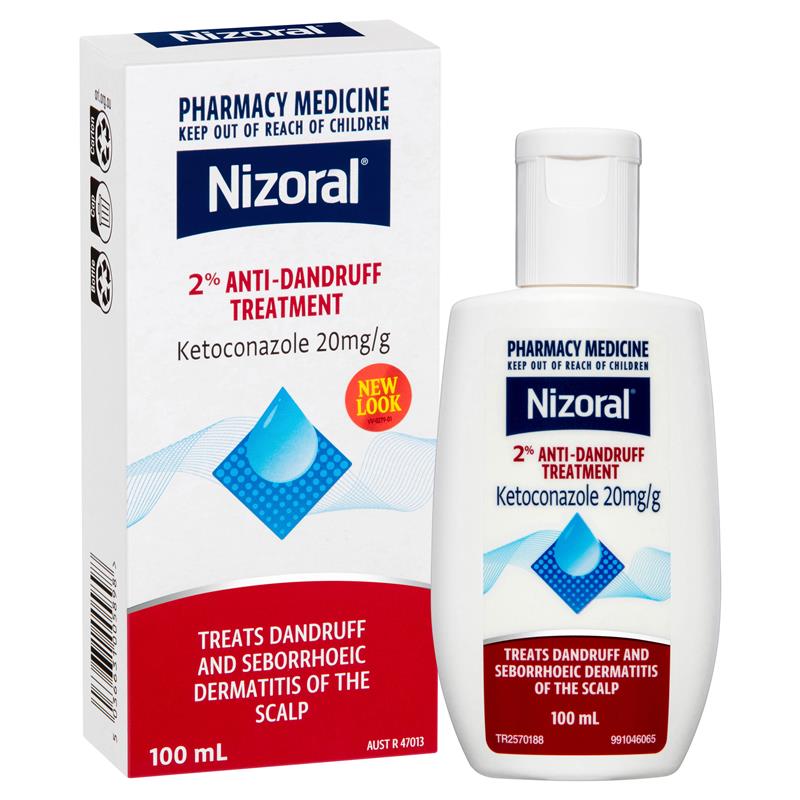
Potential Side Effects
9. Common Side Effects
While ketoconazole shampoo is generally safe for most users, some may experience mild side effects. Common side effects include dryness, flaking, or irritation of the scalp. Some individuals may also experience a change in hair texture or oiliness. Such effects are often temporary and may improve as your scalp adjusts to the product. However, being aware of these potential side effects can prepare you to address any concerns.
10. Serious Reactions
In rare cases, serious allergic reactions can occur. Symptoms may include swelling, rash, or difficulty breathing. If you experience any alarming symptoms, seek medical attention immediately. Understanding the signs of an allergic reaction is essential for staying safe while using ketoconazole shampoo.
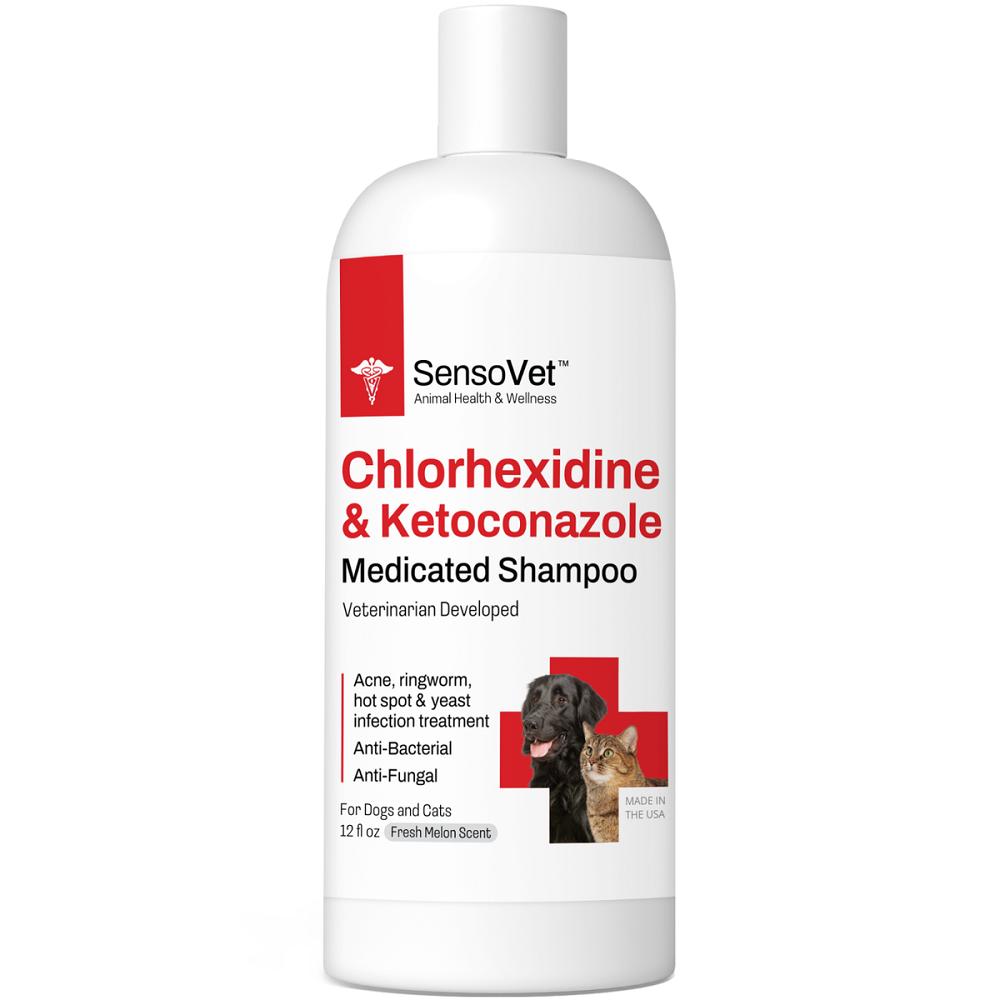
Additional Tips for Scalp Health
11. Complementary Hair Care Practices
In addition to using ketoconazole shampoo, maintaining a healthy scalp requires proper hair care practices. Avoid harsh styling products that can irritate the scalp further. Limiting heat styling can also help keep your scalp healthy while promoting hair growth. Incorporating gentle scalp massages during shampooing may also enhance blood circulation and contribute to overall scalp health.
12. Keeping a Healthy Lifestyle
A healthy lifestyle contributes significantly to overall hair and scalp health. Eating a balanced diet rich in vitamins and minerals, particularly those known to promote hair health, can be beneficial. Staying hydrated, managing stress levels, and getting regular exercise are other essential factors that contribute to healthy hair and scalp. Regular check-ups with a dermatologist can guide you in maintaining your scalp’s well-being over time.
Understanding the Role of Ingredients
13. Key Ingredients in Ketoconazole Shampoo
When selecting a ketoconazole shampoo, you may find various formulations containing different ingredients alongside ketoconazole itself. Other common components include zinc pyrithione, which has antifungal properties, and salicylic acid, known for its exfoliating benefits. These ingredients work synergistically to combat dandruff and flaking effectively. Understanding these ingredients helps you identify products that may work better for your unique scalp needs. Always check the ingredient list to ensure you’re choosing a formulation that offers the additional benefits you desire.
14. Investigating Product Variants
As sulfate-free and paraben-free formulations gain popularity in the beauty industry, many ketoconazole shampoos are now available in these variants. These formulations are gentler on the scalp and hair, making them suitable for sensitive users or those who want to limit their exposure to harsh chemicals. If you have specific sensitivities or concerns, look for a shampoo labelled as “sulfate-free” or “paraben-free.” These products will allow you to combat flaking and irritations without additional harshness, further promoting a healthy scalp environment.
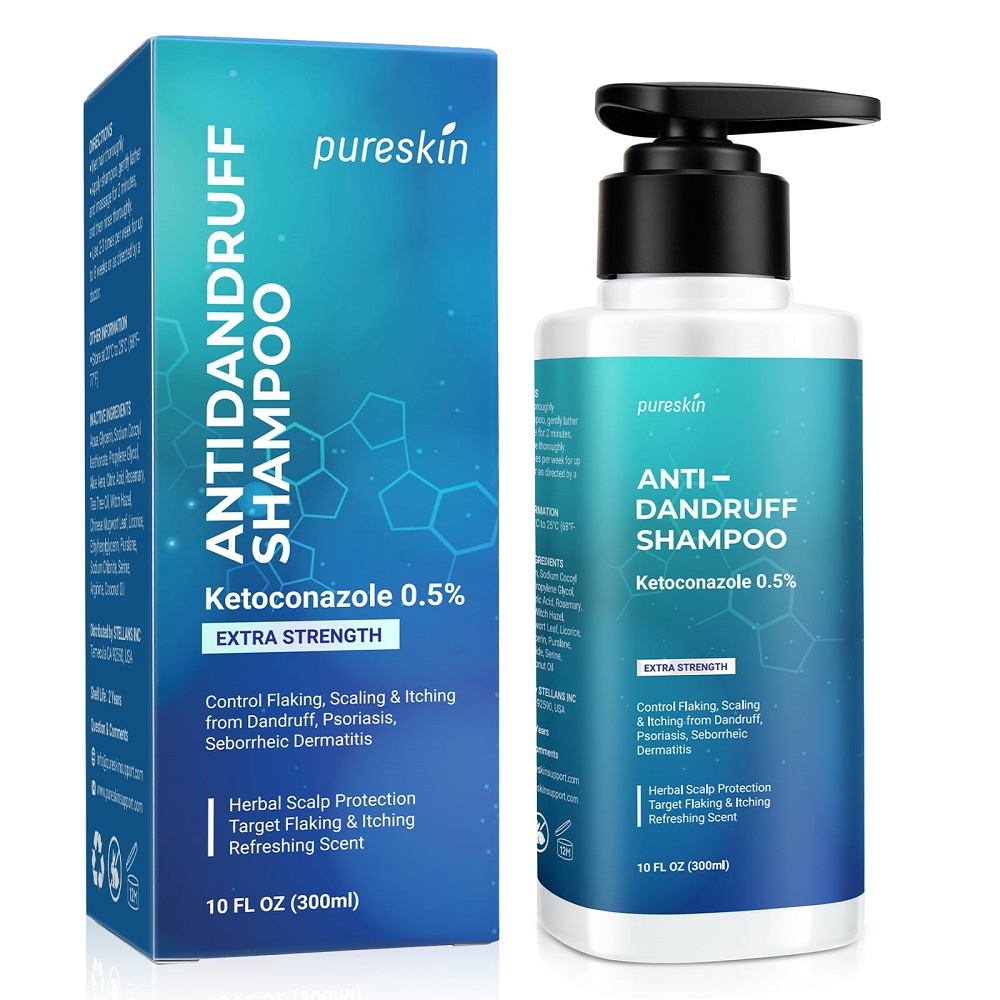
Transitioning from Regular to Ketoconazole Shampoo
15. Gradual Adjustment Period
If you have used regular shampoos for an extended period, transitioning to ketoconazole may require an adjustment period. Initially, your scalp might need time to adapt to the new cleansing method and formula. You may experience some temporary changes, such as an increase in oiliness or dryness as the scalp moving away from traditional cleansers. Gradually introducing ketoconazole shampoos into your routine can help mitigate any potential discomfort. This way, your scalp can adjust while you monitor its reaction to the new treatment.
16. Establishing a Routine
Creating a consistent hair care routine that incorporates ketoconazole shampoo will maximize its effectiveness over time. Decide on specific days to use the shampoo, and pair it consistently with a suitable conditioner that complements your treatment. Additional products that focus on scalp health can enhance the results, making it easier to maintain the benefits of your ketoconazole regimen. A structured routine ensures you will not only take care of existing issues but also work to prevent future scalp problems.
Conclusion: Achieving Scalp Health with Confidence
Switching to ketoconazole shampoos can be a transformative step toward achieving healthier hair and scalp. Understanding how to use it effectively, along with the potential benefits and side effects, is crucial for a successful experience. Embrace the opportunity to enhance your scalp health while enjoying the nourishing effects of this medicated shampoo.
As you embark on this journey, remember that consistent care and attention to your overall hair care routine will yield the best results. Keep an eye on the ingredients, try different formulations, and seek professional guidance when necessary to ensure that you are making informed choices. By prioritizing scalp health through effective use of ketoconazole shampoos, you pave the way for vibrant, shiny hair and gain increased confidence in your appearance. Healthy hair begins with a healthy scalp, and taking this journey can lead to lasting satisfaction with your hair care choices. Embrace the change and enjoy the benefits of a revitalized scalp, knowing that you’ve made a significant step towards better hair care.
